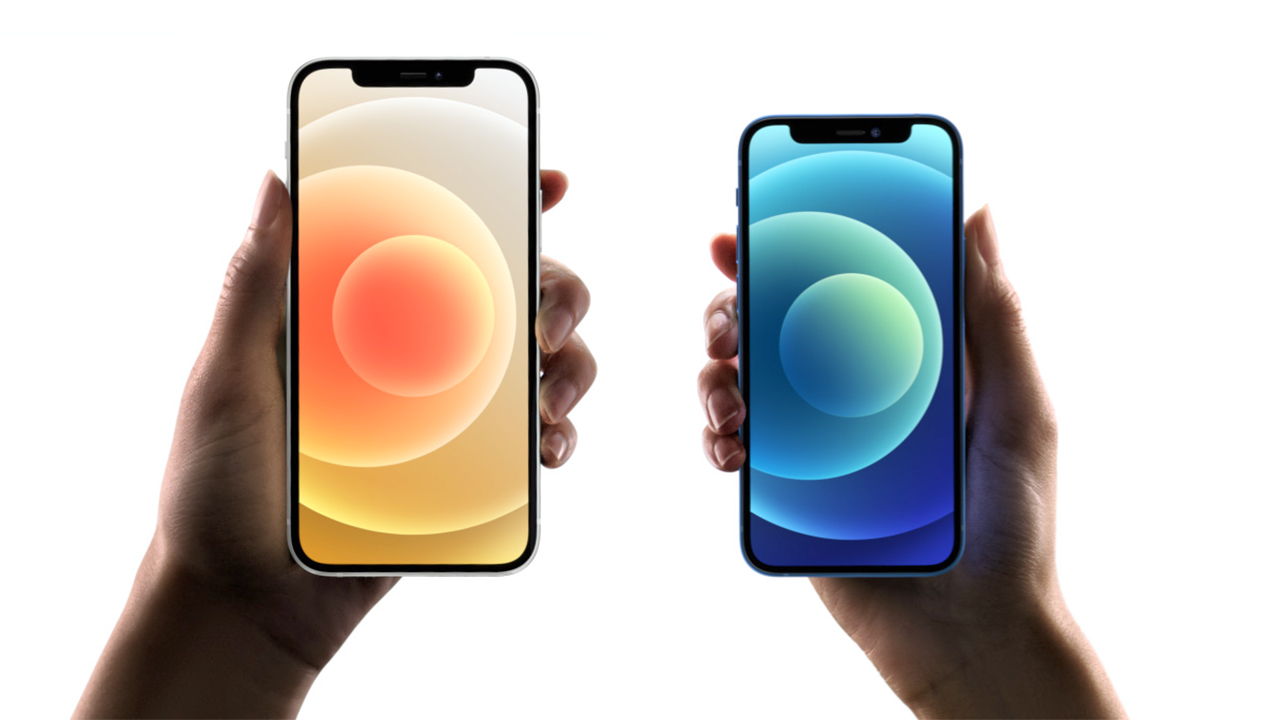iPhone 13 with 120Hz display thanks to LTPO technology: the latest news
Source: HW Upgrade added 16th Dec 2020
The new iPhones of 2021 will finally introduce the 120 Hz in the Cupertino smartphone line-up, but only with regard to the Pro models. The credit is due to the LTPO technology
of Nino Grasso published on 16 December 2020 , at 17: 51 in the Apple channel
Apple iPhone
Two of the four iPhone models 13 that will be launched next year will use OLED display with low energy consumption LTPO technology , a key feature to introduce i 120 Hz of refresh rate in the line-up. To report the novelty, presumably expected for smartphones of the “Pro” family is the South Korean website The Elec.
The article states that Samsung and LG will remain the main suppliers of OLED displays for all next generation iPhones, while a small percentage also the Chinese BOE would like to appropriate some orders. The new LTPO displays will be more complex to produce than those introduced this year on the iPhone range 12, and will have a backplane (which is used to turn the pixels on or off individually) more efficient than current technologies.
Thanks to the guaranteed energy savings, the LTPO technology could guarantee a higher refresh rate without causing excessive impact on battery life . Just like with Apple Watch, the use of LTPO panels could ensure the introduction of the Always-on feature even on smartphones (already present on many competing smartphones) and lead to a longer battery life with different types of activities.
The arrival of 120 Hz was initially foreseen also on some iPhone 12, but some experts had already predicted that Apple would not introduce the feature without supplies of LTPO display. And so it was, as Apple will get the panels with the new technology no earlier than 2021. The 120 Hz would not be an absolute novelty for Apple anyway, since several iPad Pro have supported them for years through a technology that the company calls ProMotion .
This is not only guarantees on-screen reproduction with the typical fluidity of 120 Hz, but modulates the refresh rate based on the real needs of the reproduced content. The 120 Hz have also already arrived on several Android smartphones, and before them some models had implemented panels from 90 Hz making the transition more progressive. Some gaming smartphones, such as ROG Phone 3 and RedMagic 5G, go as far as 144 Hz.
